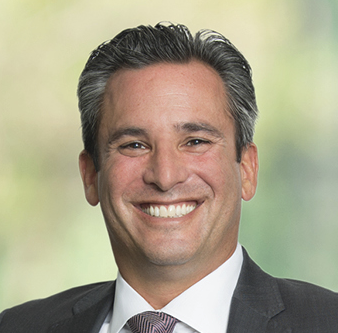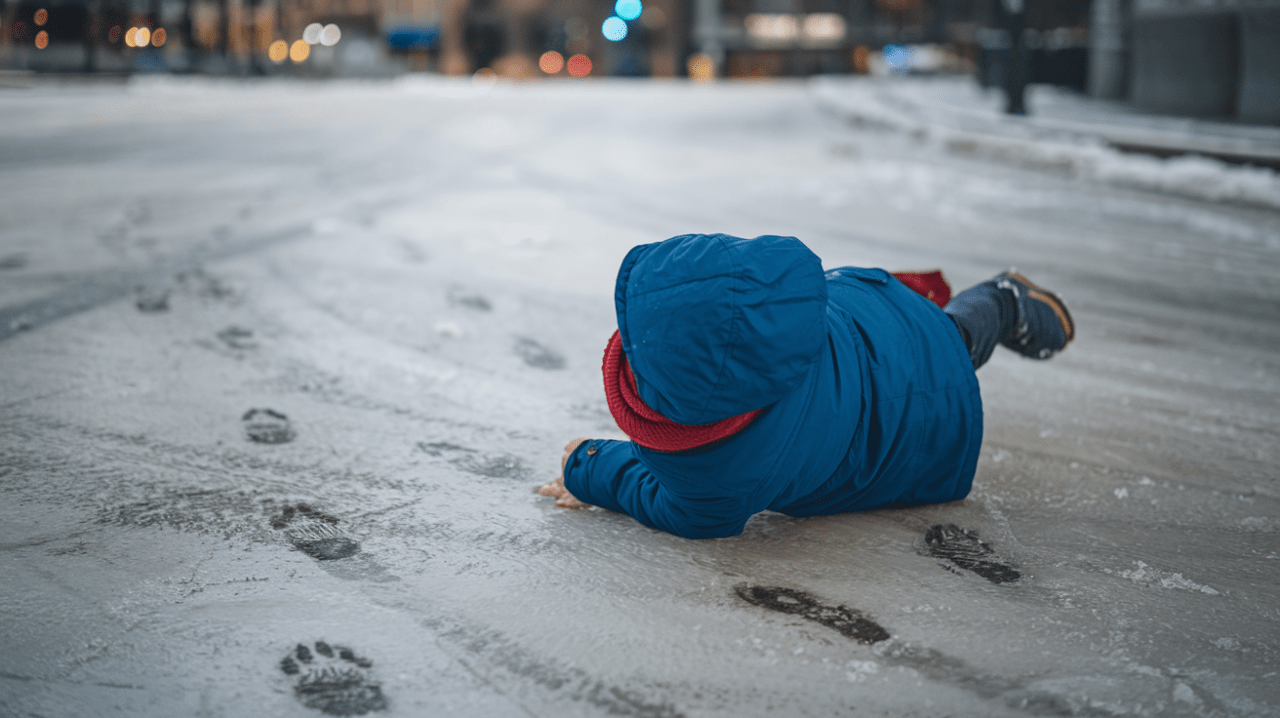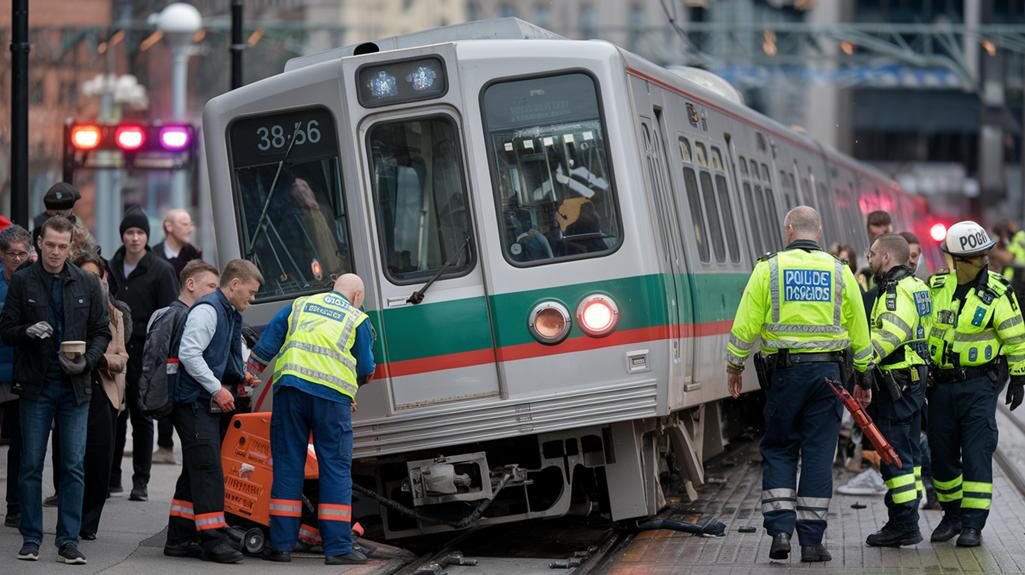Motor vehicle accidents are a leading cause of death in the U.S., with the number of traffic fatalities reaching a 16-year high in 2021. Per the National Highway Traffic Safety Administration, an estimated 42,915 individuals died in car crashes in 2021, a 10.5% increase from the 38,824 fatalities in 2020. While certain factors are likely to contribute more to accidents than others, the risk of fatalities increases with certain types of crashes. By understanding which types of collisions are the most dangerous, you may be able to shift your driving habits to safeguard your health, safety and life.
Top 6 Most Fatal Types of Car Crashes
Though any type of car wreck can put a person at serious risk of harm, some collisions are more dangerous than others. Those collisions typically fall into one of six categories.
1. Head-On Collisions
Inarguably the most dangerous type of car accident in which a person can be, a head-on collision occurs when two vehicles collide after driving toward each other in a straight path. Though head-on-collisions account for approximately 2% of all traffic accidents, they are responsible for between 10% to 11% of all traffic-related fatalities.
Head-on-collisions typically occur for one of three reasons:
- One driver swerves into the other’s lane
- One driver attempts to pass another and misjudges the distance between his or her vehicle and the oncoming vehicle
- A driver runs a red light
In each of these instances, one or both drivers are likely speeding. Unfortunately, speeding — combined with the head-on nature of the crash — contributes to the risk of fatality, as the impact of the collision is significantly higher than in other types of accident. As an example, consider that if both you and an oncoming vehicle are traveling at 60 miles per hour, the impact speed would be a whopping 120 miles per hour. However, if you were driving at 60 miles per hour and crashed into a stopped vehicle in front of you, the impact speed would only be 60 miles per hour. A collision at 120 miles per hour is far more deadly than one that occurs at half that speed.
If not deadly, head-on-collisions can result in severe, life-altering and life-threatening injuries. These include but are not limited to amputation, spinal cord damage, broken necks, trauma to organs and brain injuries.
2. Angle Accidents
Angle accidents are the most common type of car crash that occurs involving other vehicles (as opposed to fixed-object crashes and pedestrian accidents). They also happen to account for nearly 20% of all car accident fatalities.
An “angle accident” is any type of accident that involves one vehicle striking another at an angle of between 90 and 179 degrees. The most well-known of these types of accidents is the T-bone accident, which, in and of itself, is extremely dangerous. Two factors make T-bone accidents particularly dangerous: The first is that the colliding vehicle is often moving at high speeds. The second is that the point of impact usually occurs mere inches away from one or several vehicle occupants. Additionally, it is not uncommon for the colliding vehicle in a T-bone accident to push the other vehicle into oncoming traffic, thereby increasing the risk of death even more.
Whether categorized as a T-bone collision or not, angle accidents can cause significant damage. When one car hits another at an angle, it may cause the other vehicle to spin or even flip, two outcomes that almost always result in significant damage to the vehicle itself and harm to its occupants.
3. Rear-End Accidents
Most common in stop-and-go traffic and on roads with a lot of stop lights, rear-end accidents occur when one car hits another from behind. In some cases, the lead vehicle is stopped. In others, it is moving. In either instance, the severity of the accident depends largely on how fast the tail vehicle is traveling.
That said, rear-end collisions account for nearly 7% of all traffic-related fatalities, putting them squarely in the “most dangerous type of car crash” category. When a rear-end collision is not fatal, it can result in significant harm to occupants in both vehicles. Types of injuries common in rear-end collisions include whiplash, spinal cord injuries, neck injuries and head injuries.
4. Rollover Accidents
Rollover accidents are unique from the other types of accidents on this list in a couple of ways. For one, rollover accidents typically involve just one vehicle. Second, they are rare. That said, though rare, they are often fatal.
Rollover accidents account for less than 3% of all motor vehicle crashes that occur annually. Yet, they are responsible for approximately 7.5% of all traffic-related fatalities. In approximately one-half of rollover accidents, at least one vehicle occupant dies. Unfortunately, these deaths are often preventable, as nearly 70% of all rollover accident deaths occur because the occupants were not wearing their seatbelts.
In addition to the deaths being preventable, rollover accidents in and of themselves are often avoidable. Most rollover accidents occur because of driver errors, which include but are not limited to overcorrecting, drunk driving, driving too fast around turns and driving an overloaded vehicle.
5. Fixed Object Crashes
Fixed object crashes are responsible for slightly more than 30% of all vehicle-related fatalities. Fixed-object crashes are so deadly because they involve a vehicle traveling at high speeds into a solid, often-immoveable object. Regardless of what that object is, it becomes a proverbial brick wall when high speeds are involved.
Though a fixed object can be just about anything, the most common types of fixed objects that result in motor vehicle fatalities are as follows:
- Curb, ditch or culvert
- Tree or shrubbery
- Light pole/post
- Guardrail
- Embankment
- Bridge
- Fence
The causes of fixed object crashes vary greatly. However, they are most likely to occur when a person is driving distractedly, during inclement weather, when a person is driving under the influence of drugs or alcohol, or when a person falls asleep behind the wheel.
6. Multi-Vehicle Pileups
Multi-vehicle pileups are extremely dangerous in that one or several cars sustains impact over and over, thereby compounding the damage. These types of accidents usually occur on congested roads and often begin as two-vehicle accidents. Unfortunately, when one occurs, what may have been a minor fender bender can quickly turn into a series of fatal crashes.
Two situations typically lead to multi-vehicle pileups. The first is heavy traffic. When driving along congested roads, many drivers become restless. As a result, they speed in breaks of traffic, regardless of how short those breaks might be. When they must stop suddenly, many cannot brake in time.
The second set of circumstances that leads to multi-vehicle pileups is inclement weather. When the weather is bad, visibility becomes low. Despite this, many drivers continue to speed, putting themselves and others at risk of serious harm.
What To Do If You Lose a Loved One in a Fatal Car Accident
As you may have gleaned from each description above, fatal car accidents are often preventable. This fact makes the loss of a loved one to a fatal crash all the more difficult to bear.
If you recently lost a loved one to a fatal car crash, you may feel angry, frustrated and helpless. Your feelings are valid but know that you are not alone. The Jason Stone Injury Lawyers team is ready and willing to right the wrongs you and your family have endured by guiding you through the wrongful death claims process and to the maximum compensation. To get on the path to recovery, schedule your free consultation. Rest assured that when you do, There’s No Obligation, Just Information®.
Not Trusting What You’re Being Told?
Better Phone Stone
800-577-5188
 START MY NO OBLIGATION CONSULTATION
START MY NO OBLIGATION CONSULTATION











